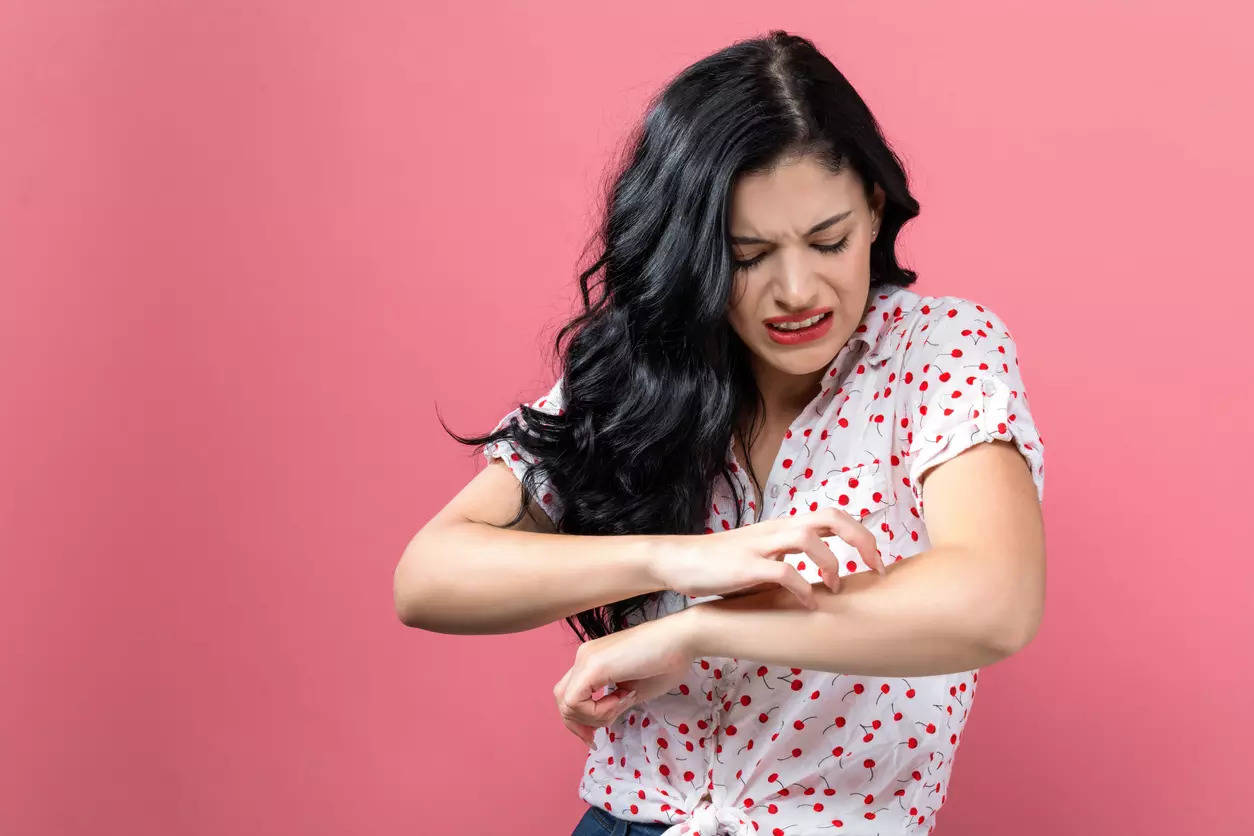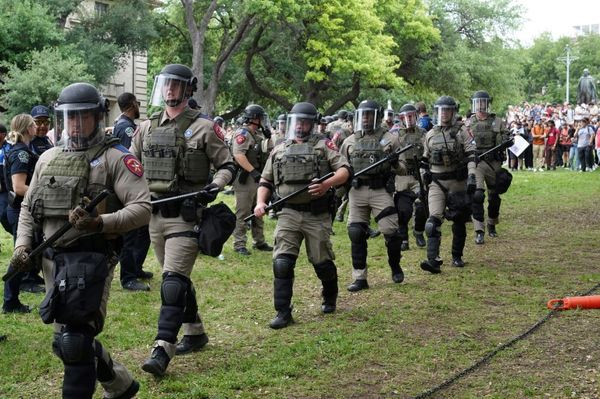
Eczema is a type of skin condition that mostly affects infants and children but is also common in adults. Doctors often refer to it as atopic dermatitis which happens to be the most common form of eczema. In this disease, the symptoms of flaky, itchy and dry skin are usually mild though it can become a nuisance over a while. On the other hand skin infections in the monsoon are common. Our skin is more susceptible to allergies and skin rashes when the level of atmospheric humidity increases. It is crucial to adhere to proper skin care routine during the rainy season because the increased oil release causes irritation. Skin infections can look more serious than eczema which makes it difficult to decipher the symptoms. Skin infections can also become prevalent in people with eczema as viruses, bacteria and other germs can get into the body through the cracking and bleeding skin. Dr Supriya Pal MBBS ,DDVL Consulting Dermatologist & Cosmetologist at Kolkata, Medical Advisor, Entod Pharmaceuticals, share insights about the skin condition.
How to know if it’s Eczema or a Monsoon Skin Infection
The most important step to determine whether a person is suffering from eczema or skin infection is to check for any signs of infection. Eczema is usually red, itchy and scaly. However, when eczema is flaring, the skin of the person may appear oozy, crusty or weepy resulting from the inflammation.
Skin infections during monsoons are caused by bacteria that usually appear red, swollen and hot with a tender rash that is accompanied by pus. While, on the other hand, viral skin infections result in blisters or red welts that can be painful and/or itchy. Furthermore, fungal skin infections usually tend to be red and scaly with itchy rash occasionally accompanied by pustules which occurs mostly during the monsoon season. Overall, it can be said that if a person has orange or yellow-coloured crusts, pus-filled blisters, swollen streaks or red bumps spreading across the skin, it’s highly possible that the person has a skin infection.
Another way to confirm whether a child or a person has eczema or skin infection is to check for tell-tale signs like fever. When a spreading rash is accompanied by fever, it is highly possible that it is a skin infection and requires immediate medical care.
Also, unlike skin infections, eczema has an established treatment routine. If the rash of the person is worsening despite the treatment, it could be a skin infection as eczema treatment aggravates skin infections.
Monsoon Skin Conditions that may appear as Eczema but aren’t
There are plenty of skin conditions during the monsoons that can bring symptoms similar to eczema. Here’s a look at some of the conditions:
Scabies – It is a contagious disease where tiny bugs burrow into the skin's top layer and lay eggs. The symptoms of scabies are pimple-like rash and bad itching. However, as opposed to eczema, itching from this condition gets worse at night. One might also witness a few tiny raised lines that appear flesh-coloured or grey-white on parts of the skin where the bugs burrow.
Psoriasis – Psoriasis is a long-term condition that happens when the skin is attacked mistakenly by the immune system of the body. Both eczema and psoriasis exhibit similar symptoms like dry, cracked skin, itching and scaly, red patches. But in the case of eczema, the patches are thinner and sometimes fluid also comes out from the patches.
Hives – The pink or red welts can be small or large. They may appear alone or in groups in case of hives. While the itching is the same as eczema, hives can go away in a day and then again show up continuing to do so for days or weeks. Also, when a person has hives, it can lead to swelling of the eyelids, lips and throat.
Ringworm – This fungal infection can take the form of ring-shaped patches on the skin that may appear red or pink. The patches tend to be round and once treatment commences, the centres of the patches clear up first.
Conclusion: Whether a person or a child has eczema or any other skin infection, it is always a good idea to visit a dermatologist or a paediatrician to exactly know the disease and cause and start with a treatment routine. Not everything that appears swollen or red is a skin infection, so better consult a professional and seek the right treatment.
What is Eczema?
Eczema is red, flaky and itchy skin, which will often crack and weep. The most common type of eczema is atopic (caused by allergies), but people may suffer from contact eczema (flare-ups after touching allergens such as nickel or rubber), discoid (which occurs in coin-shaped patches), or seborrheic (eczema of the scalp).How to treat it
Most people will need to try a few treatments before they find one that works for them. The best way to treat eczema is moisturising. You need to grease yourself up like a cross-Channel swimmer. Cover your body with moisturiser morning and night, and keep a pot in your bag to top up during the day.Your doctor can prescribe different emollients, but not all of them will work for everyone. Apply after a shower when the skin's still damp to help trap in moisture. Do this rigorously, even when you don't have symptoms.






